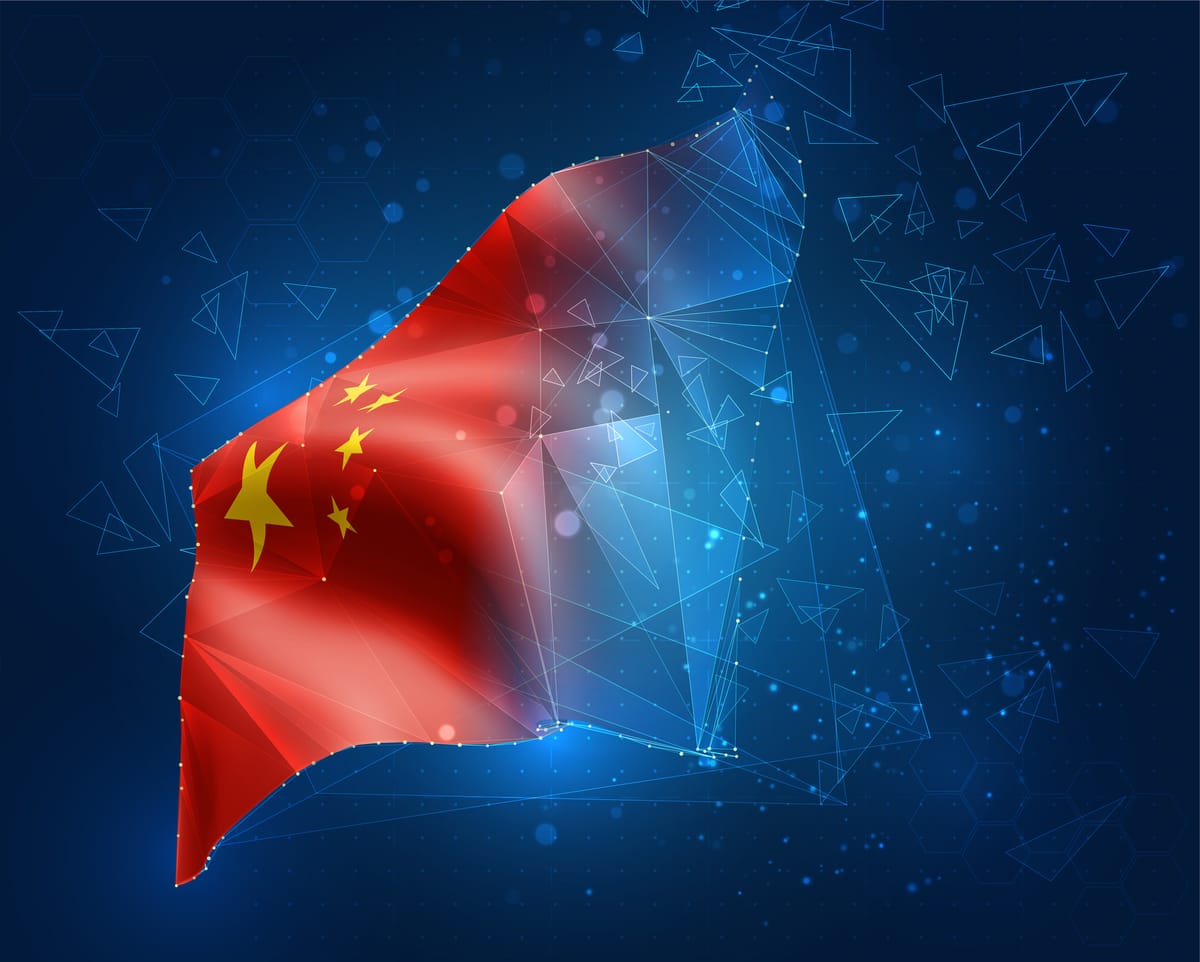Strategic Implications of China’s Rare Earth Controls
China’s recent decision to tighten oversight over rare earth magnets marks a major escalation in the global contest for control over critical supply chains.

China has tightened control over rare earth magnet exports, requiring detailed tracking and licensing that is disrupting global supply chains.
Industries such as automotive, defense, and semiconductors are facing delays and seeking to build stockpiles or diversify sources.
The shift marks a strategic inflection point, prompting nations to reassess rare earth dependencies and invest in alternative supply and technology pathways.
China’s recent decision to tighten oversight over rare earth magnets marks a major escalation in the global contest for control over critical supply chains. As of April 2025, all rare earth magnet producers within China must report detailed trading data—including transaction volumes, recipient entities, and product specifications—to a centralized government system. These measures build on earlier export licensing requirements for key rare earth elements and magnet types, signaling a clear intent to assert greater national control over strategic materials.
The implications for global industry have been immediate and disruptive. Automakers, in particular, are among the most exposed, with rare earths like neodymium, praseodymium, and dysprosium forming the backbone of high-performance electric motors used in EVs. Semiconductor and defense industries also rely heavily on rare earth magnets for power systems, precision guidance, and sensor arrays. Delays in customs approvals and uncertainty over licensing have already led to production halts in several European component plants, demonstrating how a single regulatory shift in Beijing can ripple through global manufacturing networks.
China currently supplies over 60% of the world’s rare earths and produces roughly 90% of rare earth magnets. This dominance grants China a structural advantage in strategic industries and a potential lever in geopolitical negotiations. The new export monitoring system is not merely bureaucratic—it enables Beijing to trace end-use applications, pressure foreign firms, and exert influence on downstream industries without necessarily violating trade rules on paper.
Multinational corporations are taking evasive action. Companies like Mercedes-Benz are actively building up rare earth inventories and seeking to localize parts of their supply chain. These hedging strategies mirror those adopted during the semiconductor shortages of recent years, reflecting the broader trend of corporations integrating geopolitical risk into their procurement models.
Meanwhile, governments are stepping up diplomatic efforts. Countries such as India, Japan, and Germany have engaged in direct outreach to Chinese authorities to expedite export licenses and secure interim supply guarantees. However, these short-term fixes do not resolve the deeper vulnerability—global overdependence on one producer for a foundational technology input.
Outlook
The rare earth supply challenge is poised to reshape strategic and industrial planning over the next decade. In the near term, market volatility and production disruptions are likely to persist, particularly as regulatory enforcement tightens and geopolitical tensions escalate. Over the medium term, expect accelerated investments in alternative supply sources—such as rare earth mining in Australia, the U.S., and parts of Africa—alongside increased funding for rare earth recycling and magnet substitution technologies.
Technologically, innovation in magnetic materials, such as ferrite-based or composite alternatives, may gain momentum if cost and performance barriers can be reduced. Politically, rare earths will increasingly be treated not merely as commodities, but as instruments of state power—integrated into trade strategy, industrial policy, and national security doctrine.
The global race to secure resilient rare earth supply chains has begun in earnest. How effectively governments and industries adapt will determine the next phase of technological competitiveness across electric mobility, clean energy, aerospace, and defense.




